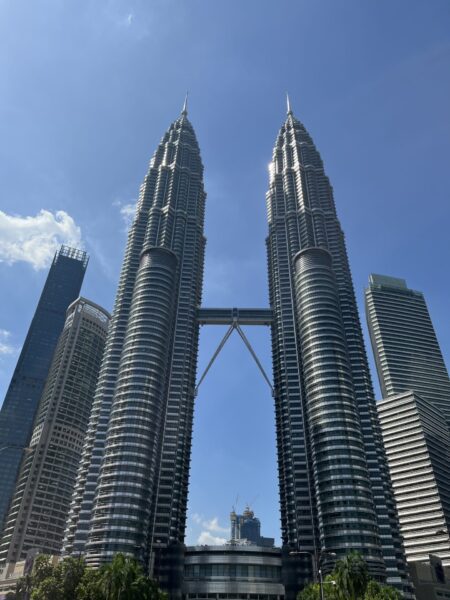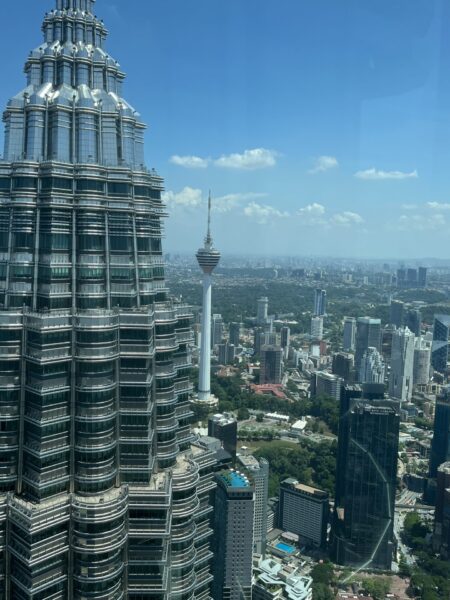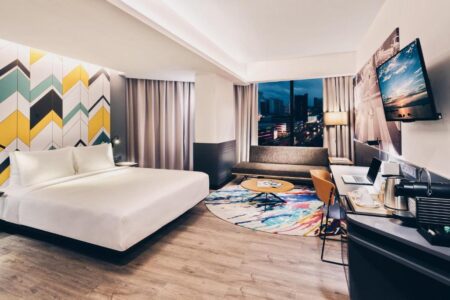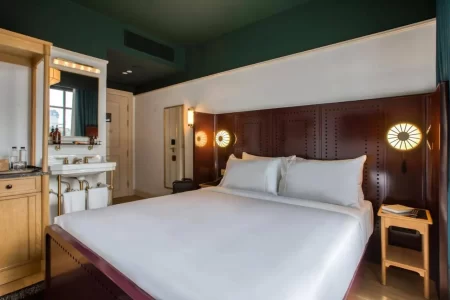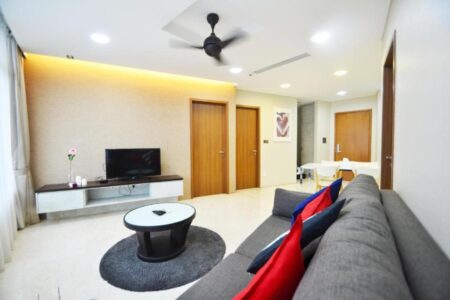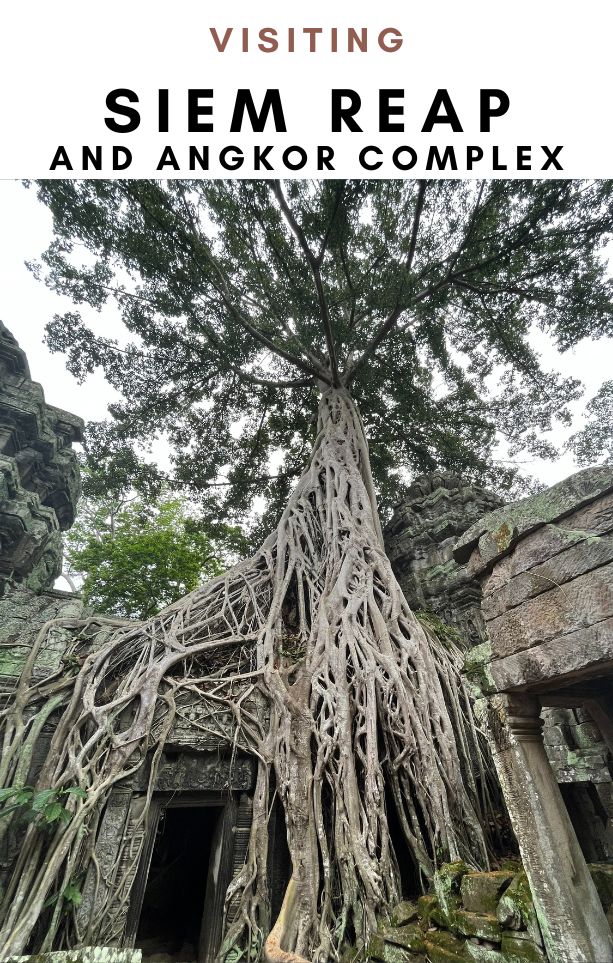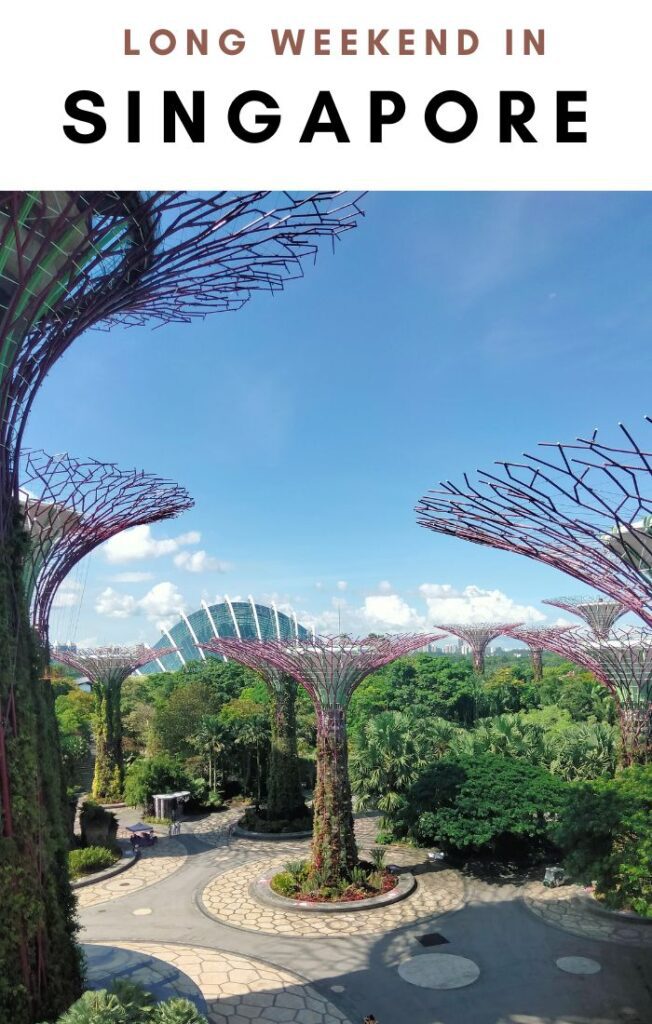Kuala Lumpur, colloquially referred to as KL, with this acronym repeated on basically every building, park, and landmark of the city, is the capital of Malaysia and is a blend of Chinese, Indian, and Malay influences.
It is a cultural melting pot with mixes of modern skyscrapers and colored mosques and temples. Where other large cities would have “simple” parks, KL has perfectly trimmed gardens and lush green rainforests. It has enormous shopping malls accompanied by bustling street markets.
English is a commonly spoken language throughout the country, making it one of the few Asian countries with such characteristics.
Modern and prosperous but maintaining a genuine “feel” to it, KL merges the old and the new

Bucket List

Malaysia Info & Stats
- Language: Malaysia is one of the few Asian countries with an extensive use of English. The national language is Malay.
- Population: 32+ million (2019 est.)
- Timezone: UTC +8
- Ethnic Make-up: Malay 50.4%, Chinese 23.7%, indigenous 11%, Indian 7.1%, others 7.8%
- Religions: Muslim 60.4%, Buddhist 19.2%, Christian 9.1%, Hindu 6.3%, Confucianism, Taoism, other traditional Chinese religions 2.6%, other or unknown 1.5%, none 0.8%
- Government: constitutional monarchy
- Electricity: Socket type G, 240 volt / 50 hertz
- Haggling Culture: Common in markets and street stalls
Weather
Being a city near the equator, the weather is even throughout the year, namely tropical, hot, and humid. However, it does not receive as much rain as say for example its neighbor Singapore. Between May to July and December to February, the humidity is lower.
Maybe it was the previous journeys to Cambodia, Singapore, and Bangkok, but the weather in Kuala Lumpur was simply amazing when I went in April. The sun hits like a brick but the air was breathable and there was very little humidity compared to other Asian cities.
When I visited in May the weather was absolutely wonderful and did not feel like other Southeast Asian cities, although the sun did hit like a brick.
Money
The currency is the Malaysian Ringgit (MYR).
The real-time exchange rate from US dollars is: 4 MYR
Credit Cards are accepted almost everywhere and ATMs are widely available.
Prices: Despite being a large modern Asian metropolis, KL is not so expensive, especially when compared to the neighboring Singapore. There is a moderate haggling culture in Malaysia.
Tipping: Tipping is not required in Kuala Lumpur. In restaurants, a service charge is often added to the bill.
Getting around
Like Singapore, the Grab app is very popular for ride-sharing.
As in several other Asian cities, there is an extensive network of train systems, from the MRT, LRT, and monorail. The fares are cheap and the touch-n-go travel card works on all public transportation
There is also the GOKL bus which is free and runs from Chinatown to KLCC passing by most sights.
Walking is doable although the city is clearly not made for travelers on foot. I walked from the center to the Perdana Gardens during my traditional city walk and despite the weather being very nice, the walk was taxing with long stretches of roads made just for cars.
Driving around KL is relatively easy although the city finds itself often in traffic jams and rush hour is quite intense.
Safety
Safety: Despite being very modern and organized, it cannot be said that KL is entirely safe. There is a higher-than-average risk of pickpocketing and violent and run-by mugging. Most common problems though are related to scams such as drink spiking or fraudulent taxis.
Natural risks: Depending on the region there can be risks of floods and tsunamis in the coastal regions or risk of earthquakes.
Emergencies number:999
Tips & Impressions
- I was surprised by the amount of traffic in the city. My apartment was on a busy street but traffic would be constantly bottled up even late at 10 in the evening.
- There is an unspoken rivalry with the neighboring city of Singapore and the two cities seem quite similar. Culturally profoundly different but from a point of view of infrastructure, attractions, buildings, parks, etc. the two cities seem to be copying each other constantly.
- Despite being very pleasurable to walk around, the city is large and sprawling and there are areas without parks, neighborhoods, or old or new buildings making those stretches of walks on the the road quite strenuous.
Deals for Kuala Lumpur
Where to stay
Luxury
Boutique & Eco-friendly
Budget & Local experience
Travelogue
My visit of KL mostly revolved around walking through the city. As other Asian metropolitan megacities, there is an incredible amount of things to see and I missed a lot of the most famous spots, like the famous Batu caves, the temple of Thean Hou, and the entire Bukit Bintang neighborhood. Even so, seeing the neighborhoods, Independence square, the modern skyscrapers and especially the two wonderful parks of KL Eco Park and the Perdana Botanical Gardens was enough to win me over and make me consider KL one of the “best” cities in South East Asia.
- Day 1
- City walk
- Petronas Twin Towers
- KL Tower
- Day 2
- KL Eco Park
- Dataran Merdeka
- Times Square
- Day 3
- Perdana Botanical Gardens
- Butterfly museum
- Planetarium Negara

Accommodation
I stayed at Vortex Suites Apartments, in the city center in a tall skyscraper (Vortex) with a view directly on the KL Tower and city skyline. The apartment was incredibly good value for the price spent, with two large bedrooms, two bathrooms, a kitchen, laundry, and a living room with floor-to-ceiling windows on the city skyline. Only downside was the necessity to pay upfront in cash and a rather insistent host, but nothing to say apart from that.
